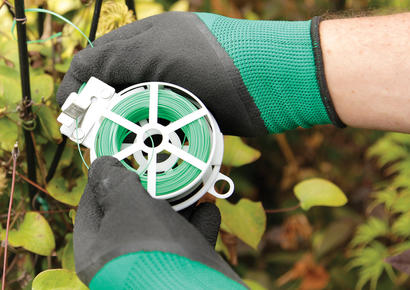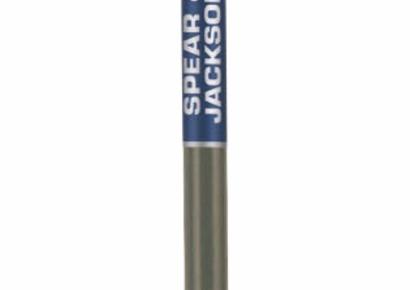
Growing Tomatoes
June is the time for planting out tender plants, tomatoes being one of them. Of course, if you have a frost-free greenhouse they may be romping away already. Tomatoes can do very well outdoors, given a warm sunny position. They do well most years in my Sheffield garden, planted in full sun at the base of a south-facing wall. The unmistakable pungent scent of their leaves lets me know I’ll soon be adding handfuls of fresh sweet tomatoes into every meal until October.
If you don’t have any tomato plants, you may still find some in garden centres. Local gardening and allotment groups often have surplus plants you could pick up. Pinched-off side shoots make very easy-rooting cuttings, if you know someone with a plant.
When planting in their final position, bury the leggy stems a good 6-8 inches (15-20cm). This will give more stability, and roots will form all along the buried stem.
There are two main categories of tomatoes;
- Cordon varieties are naturally climbing plants. These are most productive when just one long stem is allowed to form, tied to a string or cane. This means pinching out all the developing side-shoots that sprout from the “elbows” where leaves join the stem. This bit causes people a lot of worry, but rest assured you won’t be removing any fruit trusses - these are very clear, emerging from the stem on their own, not by a leaf.
- Bush varieties, as the name suggests, grow with multiple stems as a bush. These are shorter, bushier, and don’t need any pinching out of side-shoots.
Tomatoes are commonly grown in large pots, tubs and growbags. My preference is always to plant them in the ground, where possible. Grow-bags can be quite prone to drying out once the plants get big, dripping with fruit. Compared to natural soil, compost generally has a much lower water retention when it comes to drought. Without water, compost quickly becomes bone dry, whereas natural soil holds onto a small amount of water deep within its structure. Plants access this tightly-held water very slowly, often making the difference between life and death. Basically, growing in open ground means you don’t need to worry too much if you forget to water. An uninterrupted supply of water is vital for avoiding the crop-spoiling problem of “blossom end rot” due to calcium deficiency,as calcium is taken up with water.
Blight is another common issue of outdoor-grown tomatoes, especially in damp years as the fungus-like organism needs the plant leaves to be wet for long enough to take hold. The blightwatch website offers free email warnings, notifying you with forecasts of when conditions are optimal for blight (https://blightwatch.co.uk/home/), so you can keep an eye out to pick off infected leaves before too much damage is done.
And lastly, don’t forget to feed! Off-the-shelf tomato feed is always a good choice, or seaweed extract for a more natural alternative.
Happy cropping!



